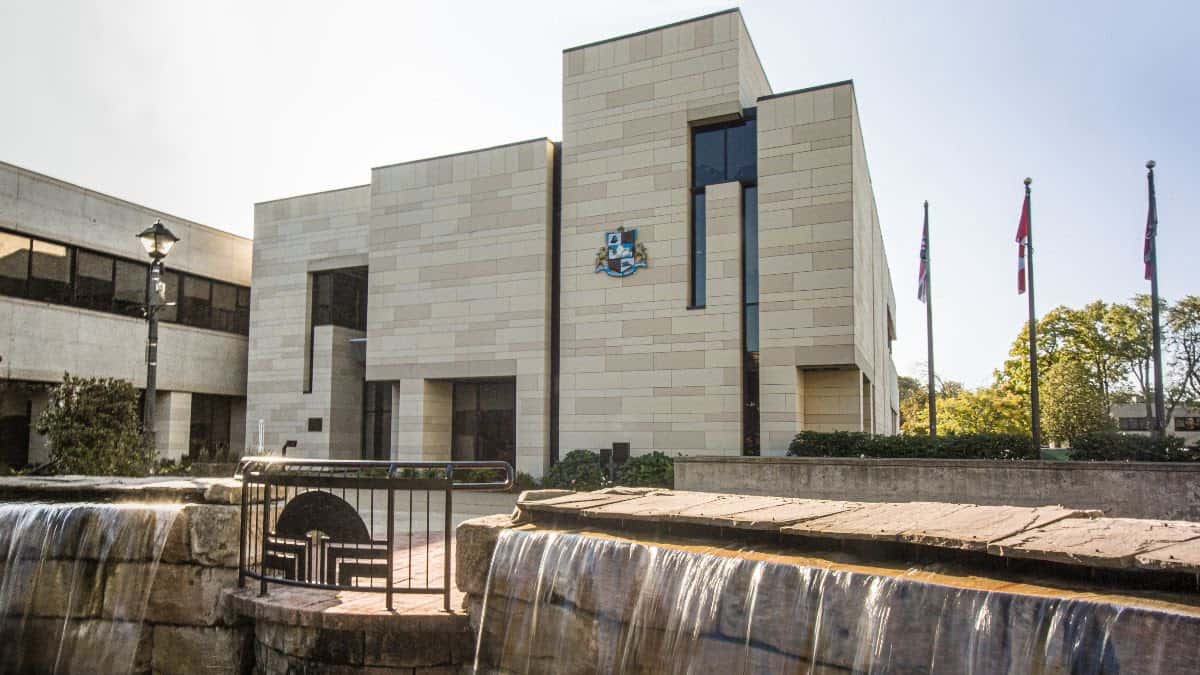Kicking recommendations down road brings us back to square one, writes Saleh Waziruddin
Many move to Niagara from the GTA for cheaper housing, and approach the Niagara Region Anti-Racism Association (NRARA) for help with racism. Those who do told us they never saw this level of racism in Toronto or Brampton, where the province mandated anti-racism policies for police and schools. Yet many here think racism is a Toronto or Brampton problem. Two of those we helped moved back because of Niagara’s racism.
But we don’t have to take their word. Niagara Regional Police (NRP) officials told us there wasn’t data showing systemic racism in their force, even though their racial profiling data (where people are stopped without connection to a crime, renamed carding, street checks, and now Collection Of Identifying Information) showed police disproportionately stopped Black and Indigenous residents. Yet they refuse to formally drop the practice, saying it’s provincially regulated. Drinking and smoking are regulated too but that doesn’t mean you can’t quit.
It gets worse. Toronto’s police chief told his officers to brace themselves for embarrassment when the data on use of force by race, mandated by the 2017 Ontario Anti-Racism Act, came out showing force used against BIPOC people, especially Black, is way out of proportion to their population. But the NRP's May board agenda shows it’s even worse in Niagara, yet no such public sense of shame. Nearly one-quarter of instances of use of force in 2020 and 16 per cent in 2021 was against Black people, but the 2021 census shows Black people make up less than three per cent of the population. This is a Disproportionality Index (the term the independent experts used for the Toronto police) of six, which is 150 per cent of Toronto, using census data. For Middle Eastern people, the index is three times Toronto’s number.
The NRP met one of the demands of NRARA, to release the who, what, where and when details of police-reported hate crimes like they do for other crimes, but on easy things like ending racial profiling or adopting body cameras, which city after city in Ontario has done and the NRP has money set aside for, there is no action.
Niagara’s proportion of “visible minorities” (by the government’s definition this excludes Indigenous people) has increased from nine per cent in 2016 to more than 13 per cent in 2021. The proportion of South Asians has more than doubled to almost three per cent.
Even though we have a greater need for anti-racism, our governments are going in the opposite direction. Recently, the City of Niagara Falls tried to merge its anti-racism advisory committee into the diversity and inclusion committee. Thankfully city council unanimously decided against this after hearing from delegations. But this wasn’t the first time the idea of watering down anti-racism was proposed there. In St. Catharines, that was also the original proposal in 2019 but they also set up separate committees. However, with a couple of exceptions, the recommendations of this committee have sat with staff and been kicked down the road quarter to quarter without action. With the new council, all these recommendations, some easy to do and enjoyed by residents in other Ontario cities, have been wiped off the slate, bringing us back to square one. At the region, the corporate services committee directed staff to report back by Sept. 30, 2021 on launching an anti-racism committee. We are still waiting for that committee.
There are moral, equity reasons to remove the barriers of racism, but here is an economic one: McKinsey & Company consultant reports show a more inclusive and diverse community does better economically, and many of the large companies we want to attract won’t come if their diverse workforce isn’t welcome or safe. The 2017 Niagara Region Global Attractiveness Report says the same, if we needed more reasons to catch up on anti-racism.
Saleh Waziruddin is an executive with the Niagara Region Anti-Racism Association and a member of Metroland's Community Advisory Committee in Niagara. Reach him at salehw@yahoo.com.


:format(webp)/https://www.stcatharinesstandard.ca/content/dam/niagaradailies/news/council/2022/12/14/you-have-a-responsibility-to-this-community-and-not-just-the-ones-that-look-like-you/justice_4_black_lives_demonstration_niagara_falls.jpg)